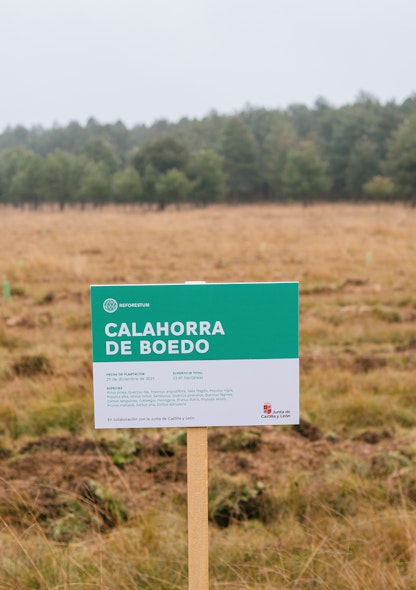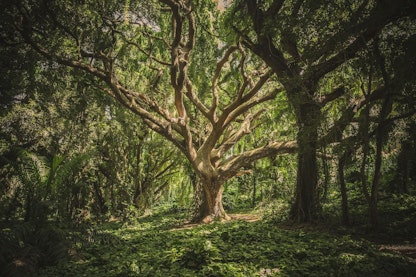How to choose between supporting afforestation and forest conservation?
What is the difference between "afforestation” and “conservation”?
Simply put, “afforestation” means planting trees in areas where trees do not currently grow. “Conservation”, on the other hand, means restoring and protecting ecosystems like forests and peat bogs that already exist but are at risk of disappearing.
When it comes to carbon offsetting afforestation and conservation projects have differing benefits and limitations. Let's take a look at a couple of Reforestum's forestry projects as an example:
Example #1: Génesis
Génesis is an afforestation project to fight desertification in Northern Spain. We’ve planted 12 native tree species on 4.9 hectares of land.
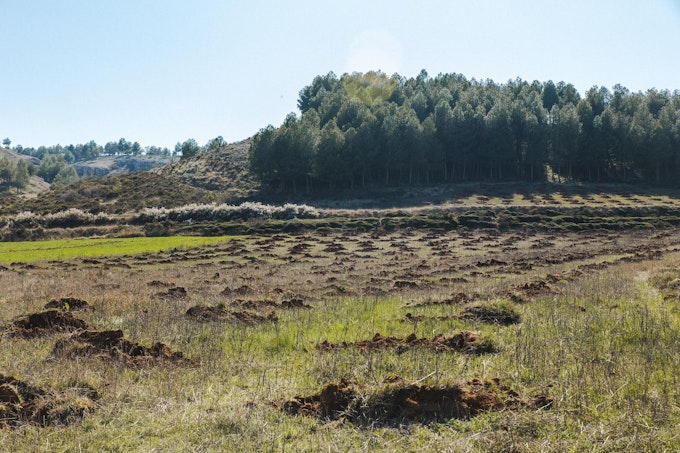
Benefits:
- Captures carbon in the trees, soil and animals that live in the forest.
- Improves the local landscape by converting disused farmland into a beautiful forest.
- Reduces the risk of desertification (the land becoming dry and barren) by stopping soil erosion and regulating water flow.
Limitations:
- Time: It takes up to 100 years for a forest-like Génesis to reach its full potential as a carbon store. However, Spanish legislation ensures that once registered as a forest, the trees must be kept standing and land cannot be converted back, ensuring the long-term viability of the project.
- Location: Afforestation projects should ideally be located in places where it makes sense to have a forest composed of native species of trees and take into account important aspects like biodiversity and maintenance.
Example #2: Sumatra Merang Peatland Project
In the Merang peatlands of Indonesia, we’re helping a conservation project restore and protect a peat bog.
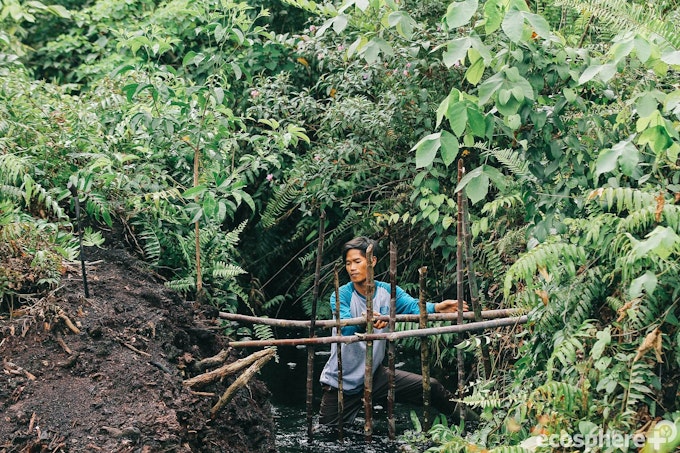
Benefits:
- Keeps 4.9 million tons of CO2 stored in the bog that would otherwise be at risk of being released.
- Transitions local people into sustainable livelihoods like well-managed fishing and forest protection.
- Safeguards a unique habitat for animals like the endangered Sumatran tiger.
Limitations:
- Complexity: Conservation only works when it is driven by local communities, who conduct most of the work including providing communities who rely on the forest for their livelihood with sustainable alternatives.
- A key aspect for any conservation project is to ensure they bring about emissions reductions or removals that would not have taken place without the project. Complex calculations are required to know how much additional carbon is being stored in peatland like Sumatra Merang through the project’s interventions compared to a baseline.
Which type of forestry projects are most effective for carbon offsetting and why?
Too much CO2 in the air creates the greenhouse effect which warms the Earth's climate and leads to detrimental consequences. Ultimately we need to find the best solutions to capture that carbon and keep it in the ground. So we should always be asking ourselves: how can we store the most carbon?
There are three key ways to keep carbon in the ground.
1. Create a carbon sink
Afforestation does exactly that. When we plant trees where there were none before they take carbon out of the atmosphere and store it in their trunks, branches, roots and even in the soil beneath them. At the same time creating beautiful, biodiverse ecosystems.
2. Increasing the maximum carbon storage capacity of forests and peat bogs.
When forests do not have the maximum number of trees they could have, they are known as “degraded forests”. Degraded forests are unable to store as much carbon as a healthy one. The same idea is true for degraded peat bogs.
Restoring forests and peat bogs to a healthy condition in community-led conservation projects means they can store as much carbon as possible in the land they occupy.
3. Preventing Carbon from being released into the atmosphere
When you cut down forests or drain peat bogs, all the carbon that was stored in the trees and soil is released. After this initial carbon release, the land is often used for activities which produce even more C02, like farming. Protecting forests and peat bogs from destruction prevents greenhouse gas emissions from being released into the atmosphere.
So the conclusion is that both afforestation and conservation projects are as effective at keeping carbon in the ground as each other.
Stopping and reversing climate change requires both. That’s why we wholeheartedly support both afforestation and conservation projects and allow our community to choose projects that suit them.
Why choose when you can support both
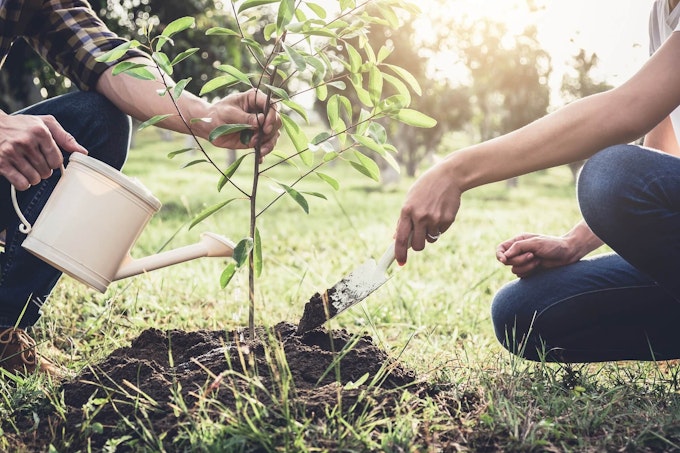
Reforestum supporters are already using forest shares to make afforestation projects like Génesis a reality. They are also funding conservation projects, like Sumatra Merang, through the purchase of carbon credits (also known as Verified Carbon Units, or VCUs).
We’re not stopping with just those projects. We’ll be adding many more, like Cordillera Azul. It’s going to stop 25.2 million tons of C02 from being emitted.
Does that sound like a conservation project or an afforestation project to you? Check out the project to find out!



